What causes abnormal discharge?: Vaginal discharge what to do and eat?
Any change in the vagina’s balance of normal bacteria can affect the smell, colour, or discharge texture. These are a few of the things that can upset that balance:
- Antibiotic or steroid use
- Bacterial vaginosis, a bacterial infection more common in pregnant women or women who have multiple sexual partners
- Birth control pills
- Cervical cancer
- Chlamydia or gonorrhoea (STDs), sexually transmitted infections
- Diabetes
- Douches, scented soaps or lotions, bubble bath
- Pelvic infection after surgery
- Pelvic inflammatory disease (PID)
- Trichomoniasis is a parasitic infection typically contracted and caused by having unprotected sex
- Vaginal atrophy, the thinning and drying out of the vaginal walls during menopause
- Vaginitis, irritation in or around the vagina
- Yeast infections
Types of Abnormal Discharge and Their Possible Causes
| Type of Discharge | What It Might Mean | Other Symptoms |
| Bloody or brown | Irregular menstrual cycles, or less often, cervical or endometrial cancer | Abnormal vaginal bleeding, pelvic pain |
| Cloudy or yellow | Gonorrhoea | Bleeding between periods, urinary incontinence, pelvic pain |
| Frothy, yellow or greenish with a bad smell | Trichomoniasis | Pain and itching while urinating |
| Pink | Shedding of the uterine lining after childbirth (lochia) | |
| Thick, white, cheesy | Yeast infection | Swelling and pain around the vulva, itching, painful sexual intercourse |
| White, grey, or yellow with a fishy odour | Bacterial vaginosis | Itching or burning, redness and swelling of the vagina or vulva |
How does the doctor diagnose abnormal discharge?
The doctor will start by taking a health history and asking about your symptoms. Questions may include:
- When did the abnormal discharge begin?
- What colour is the discharge?
- Is there any smell?
- Do you have any itching, pain, or burning in or around the vagina?
- Do you have more than one sexual partner?
The doctor may take a sample of the discharge or do a Pap test to collect cells from your cervix for further examination.
How is abnormal discharge treated?: Vaginal discharge what to do and eat?
How you are treated will depend on what’s causing the problem. For example, yeast infections are usually treated with antifungal medications inserted into the vagina in cream or gel form. Bacterial vaginosis is treated with antibiotic pills or creams. Trichomoniasis is usually treated with the drug metronidazole (Flagyl) or tinidazole (Tindamax).
Here are some tips for preventing vaginal infections that can lead to abnormal discharge:
- Keep the vagina clean by washing with gentle, mild soap and warm water on the outside. There is no need to put soap directly in the vagina.
- Never use scented soaps and feminine products or douche. Also, avoid feminine sprays and bubble baths.
- After going to the bathroom, always wipe from front to back to prevent bacteria from getting into the vagina and causing an infection.
- Wear 100% cotton underpants, and avoid overly tight clothing.
Vaginal discharge natural diet: Vaginal discharge what to do and eat?
Eat more sweet potatoes for fertility
These potatoes have some sweet benefits, particularly for women trying to get pregnant. Rich in beta carotene and vitamin A, sweet potatoes help strengthen and protect uterine walls. Beta carotene and vitamin A have been studied to have direct effects on fertility and reproduction in both men and women, as well as healthy fetal development.
The nutrients found in sweet potatoes also help with the production of sex hormones and are often recommended for women with polycystic ovary syndrome (PCOS).
Sweet potatoes for vaginal health: Vaginal discharge what to do and eat?
- contain high amounts of vitamin A, which is linked to fertility
- can help strengthen muscle tissues for healthy vaginal and uterine walls
- Pro-tip: Start your morning with one of these delicious and healthy sweet potato toast recipes for energy and an ample dose of vitamin A.
Probiotics introduce good bacteria down there, too
Probiotic-rich food, such as fermented foods like kimchi and yoghurt, are good for more than just your gut. They balance your pH level and help ward off infections.
The live and active cultures in these foods provide our bodies with a boost of good bacteria, which is particularly helpful in preventing yeast infections. Even better, calcium (greatly present in yoghurt) has been shown to help with PMS symptoms.
Probiotics for vaginal health
- can balance pH levels and introduce more “good” bacteria
- can help ward off infections and prevent yeast infections
- contain calcium (in yoghurt), which can help ease PMS symptoms
- Pro-tip: Do fermented foods make you nervous? Get the 411 on their health benefits and even learn how to make them yourself.
Join us on wa.me//+22967546677
An apple for orgasms: Vaginal discharge what to do and eat?
An apple a day keeps the doctor away… and keeps things more interesting in bed! A study suggested that women who ate an apple once a day had better sex lives. One phytoestrogen phloridzin found in apples is thought to promote better sexual function, arousal, lubrication, and the ability to orgasm.
Bonus: Women who consume two or more servings of citrus fruit per day are less likely to develop uterine fibroids.
Apples for vaginal health: Vaginal discharge what to do and eat?
- contain the phytoestrogen phloridzin and antioxidants, which help stimulate vaginal blood flow
- to promote better sexual function, lubrication, and ability to orgasm
Avocados for your womanly walls
Your favourite toast topper is also great for your sex life who knew? Avocados are ample in healthy fats, vitamin B-6, and potassium — all of which have positive effects on your libido. This libido-boosting fruit (yes, it’s a fruit!) can enhance lubrication and estrogen levels, strengthen vaginal walls, and may even increase IVF success due to its unsaturated fats. Funny enough, the avocado tree was loosely named the “testicle tree” by the Aztecs.
Avocados for vaginal health
- contain libido-boosting healthy fats, vitamin B-6, and potassium
- can enhance lubrication and strengthen vaginal walls
- Pro-tip: Think beyond guacamole! There are 23 ways to eat an avocado or you can start cooking with avocado oil.
Leafy greens help decrease vaginal dryness: Vaginal discharge what to do and eat?
What are leafy greens not good for?! Add vaginal health to their long list of health benefits. Dark leafy greens are blood-purifying stem and enhance circulation due to their many nutrients, including dietary nitrates. This can help prevent vaginal dryness and increase stimulation, which is never a bad thing.
These greens are also rich in vitamin E, magnesium, and calcium, all of which are beneficial to muscle health including vaginal muscles.
Join us on wa.me//+22967546677
Leafy greens for vaginal health
- are naturally blood-purifying and enhance circulation
- prevent vaginal dryness and increase stimulation
- Pro-tip: Think green and include more kale, collard greens, spinach, and chard in your diet.





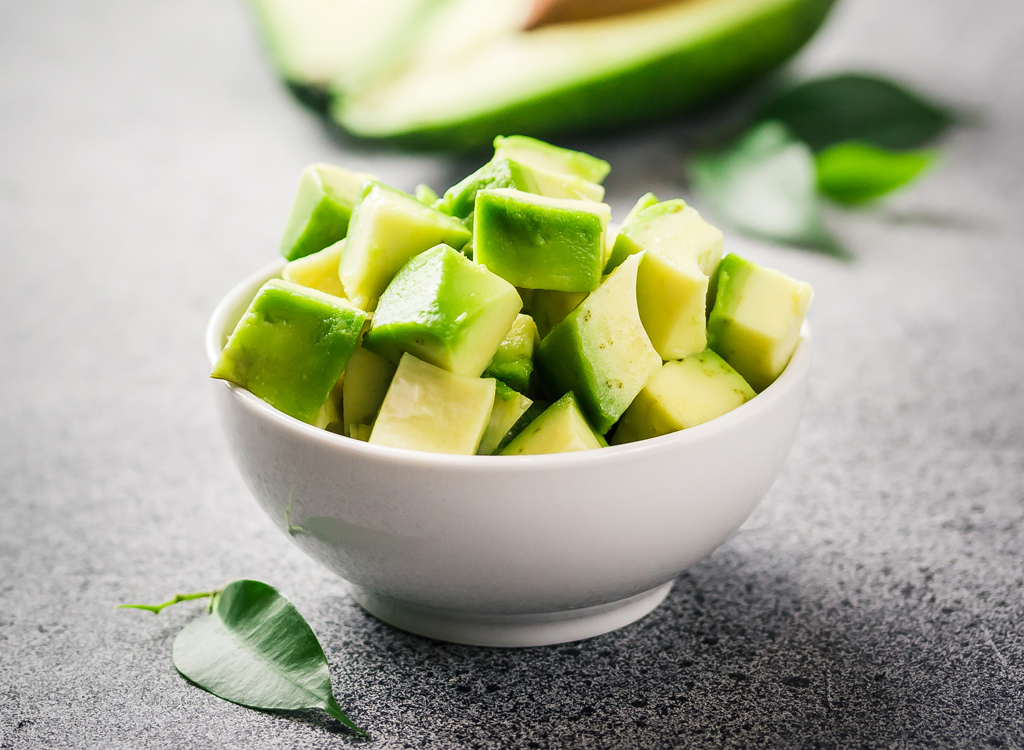
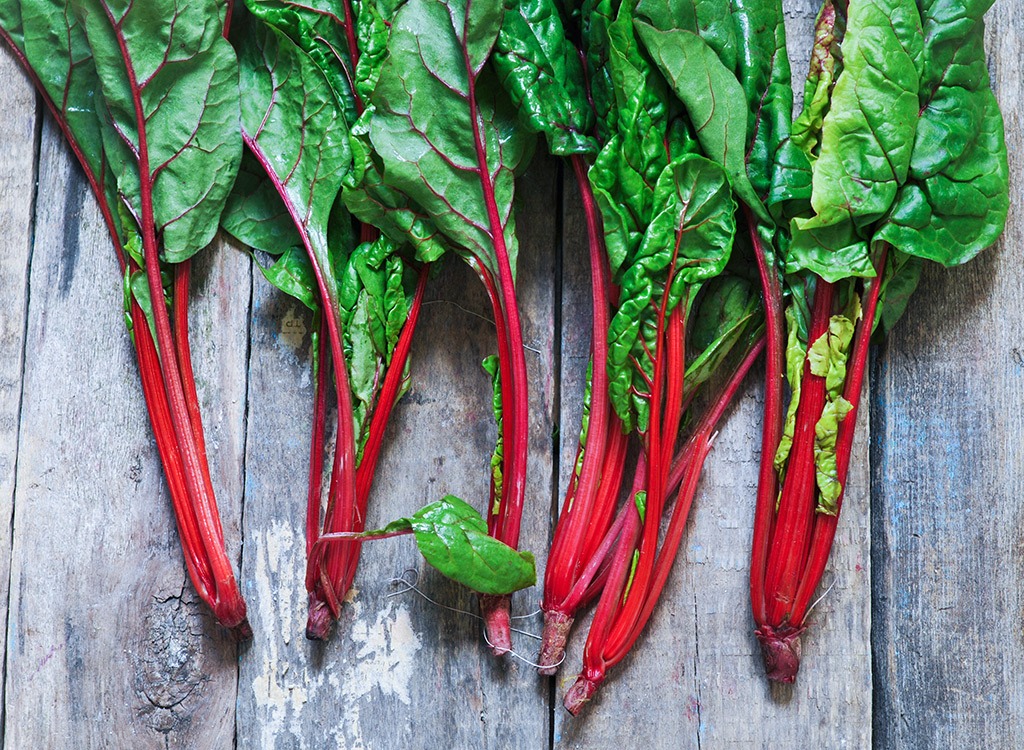
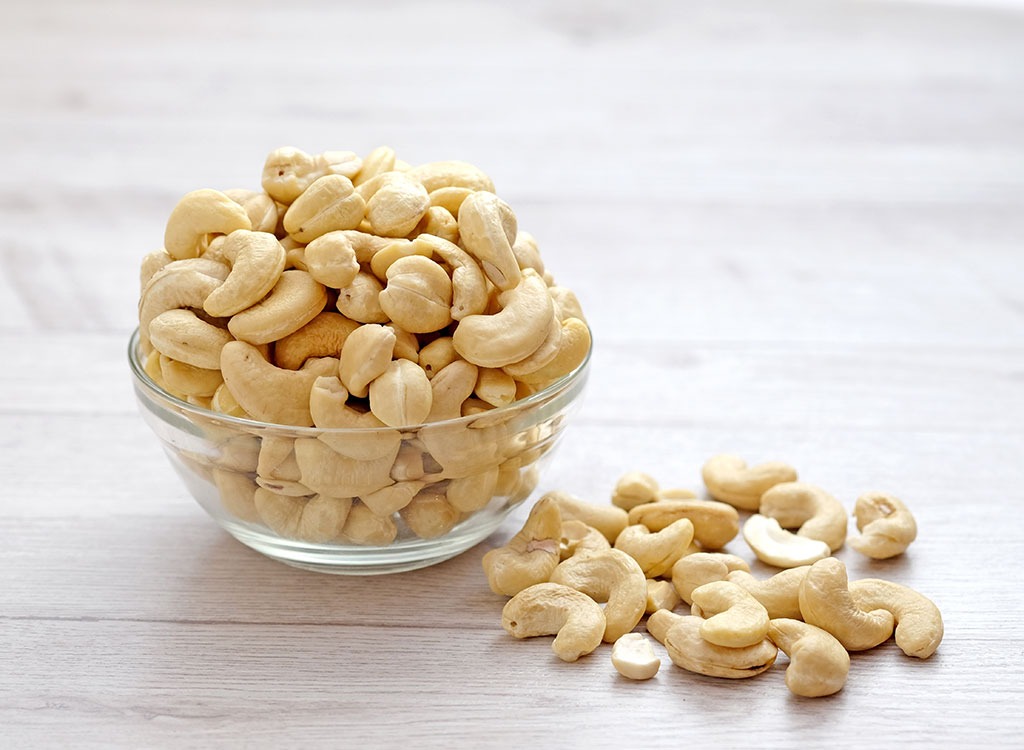

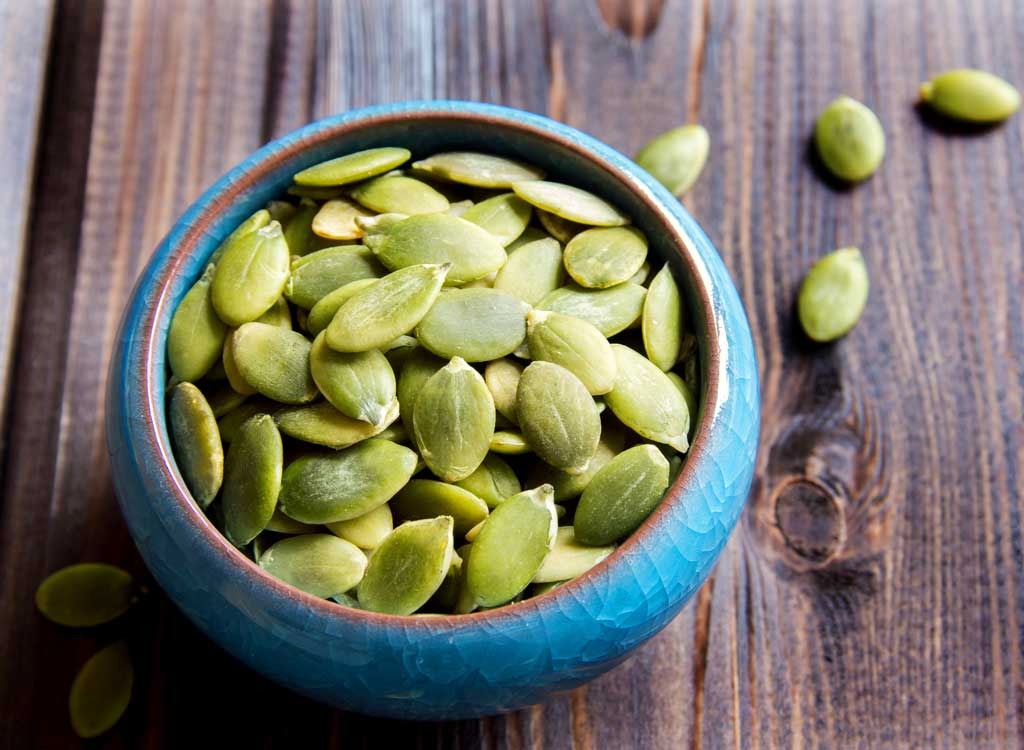
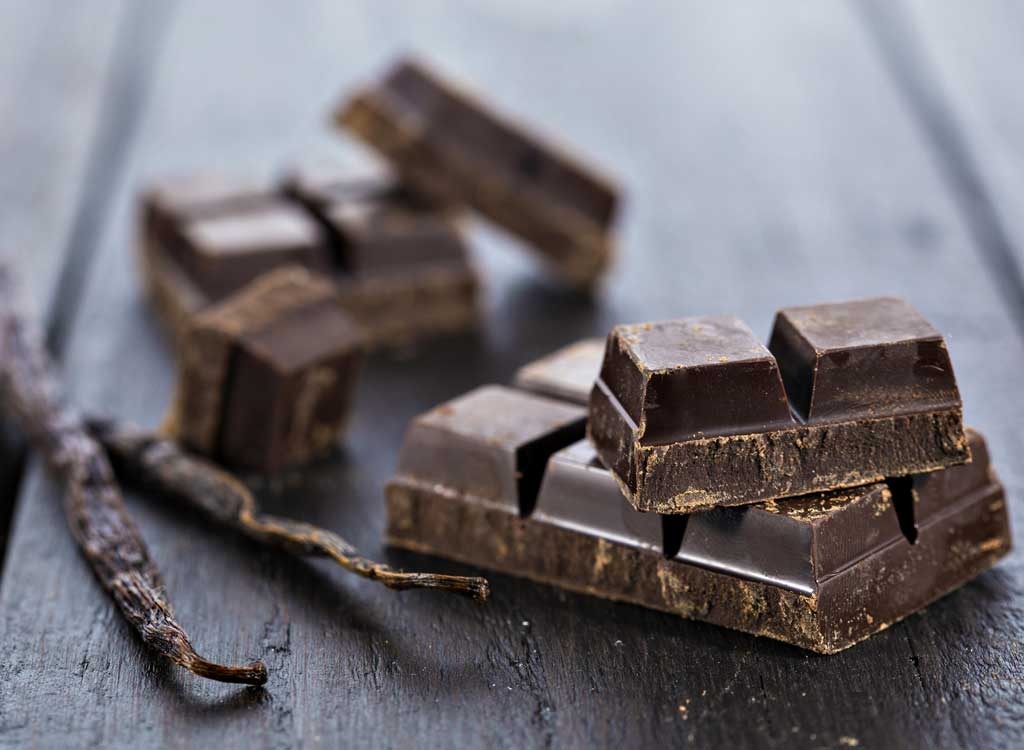
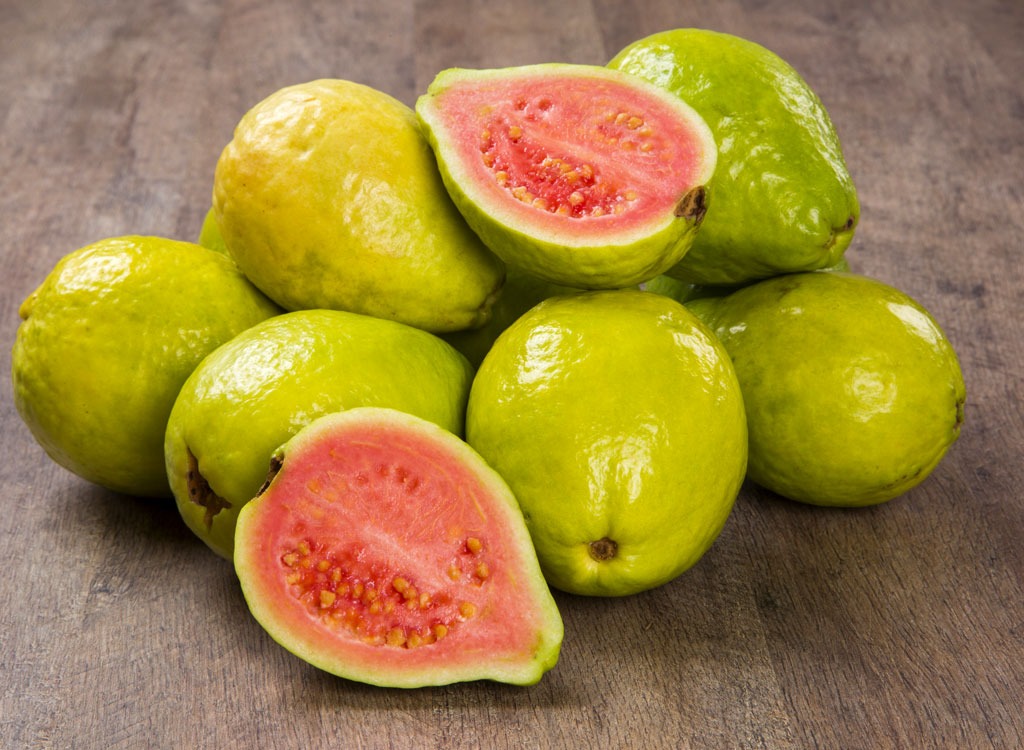
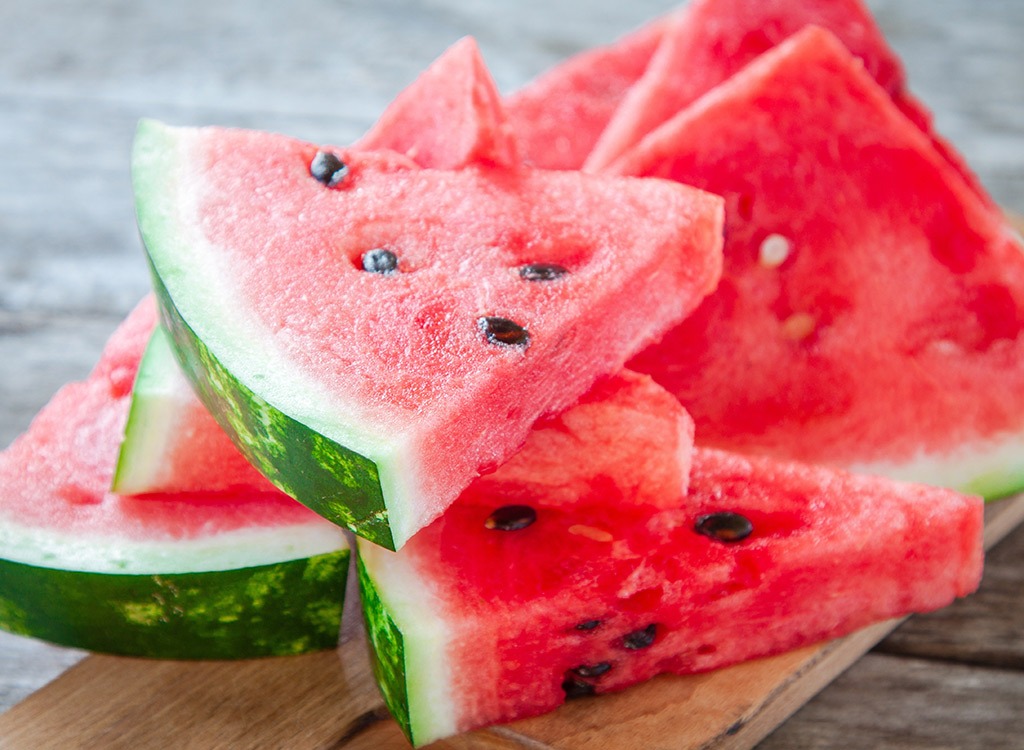
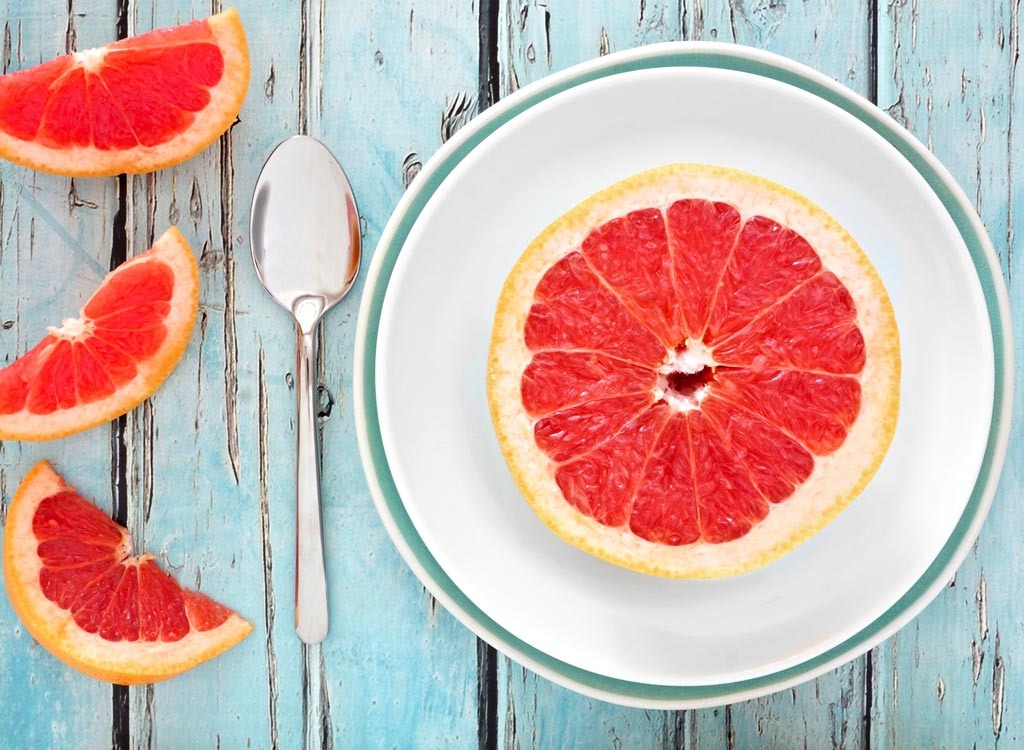
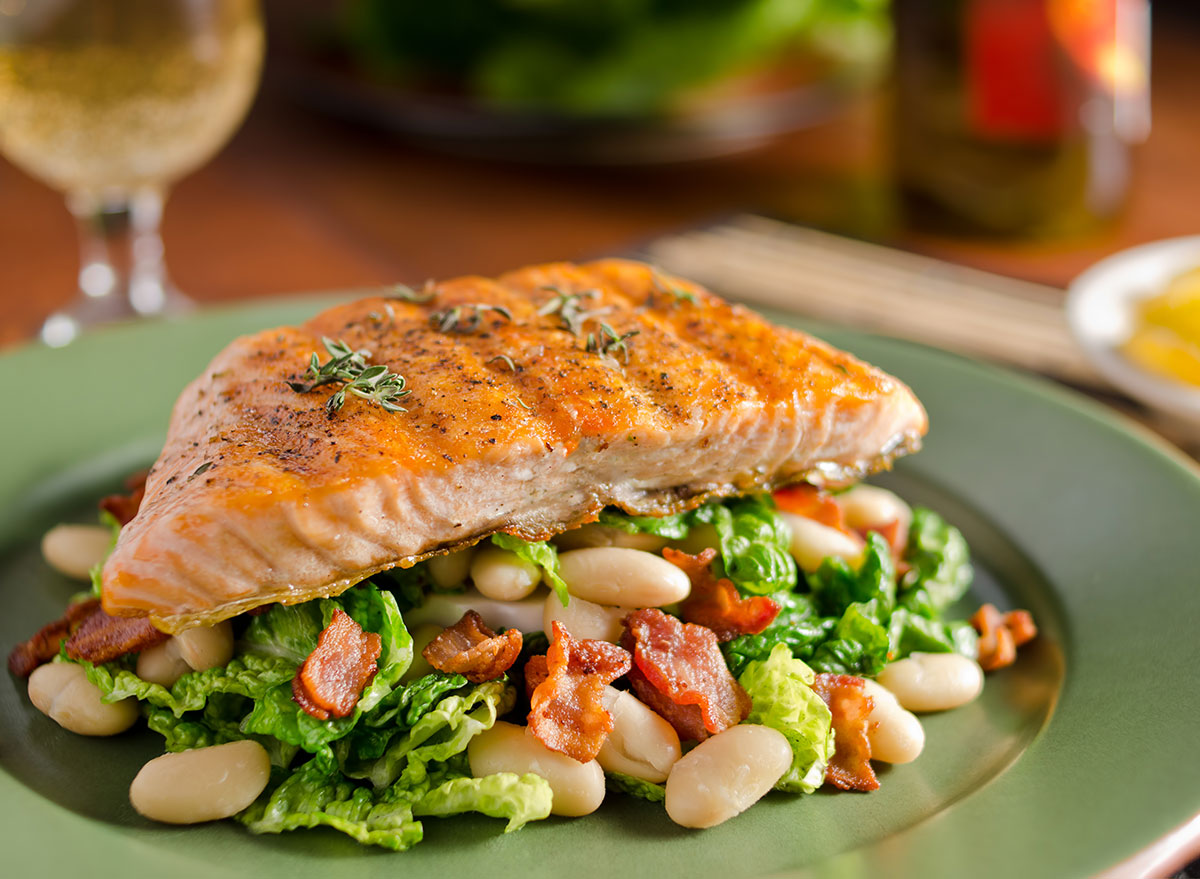
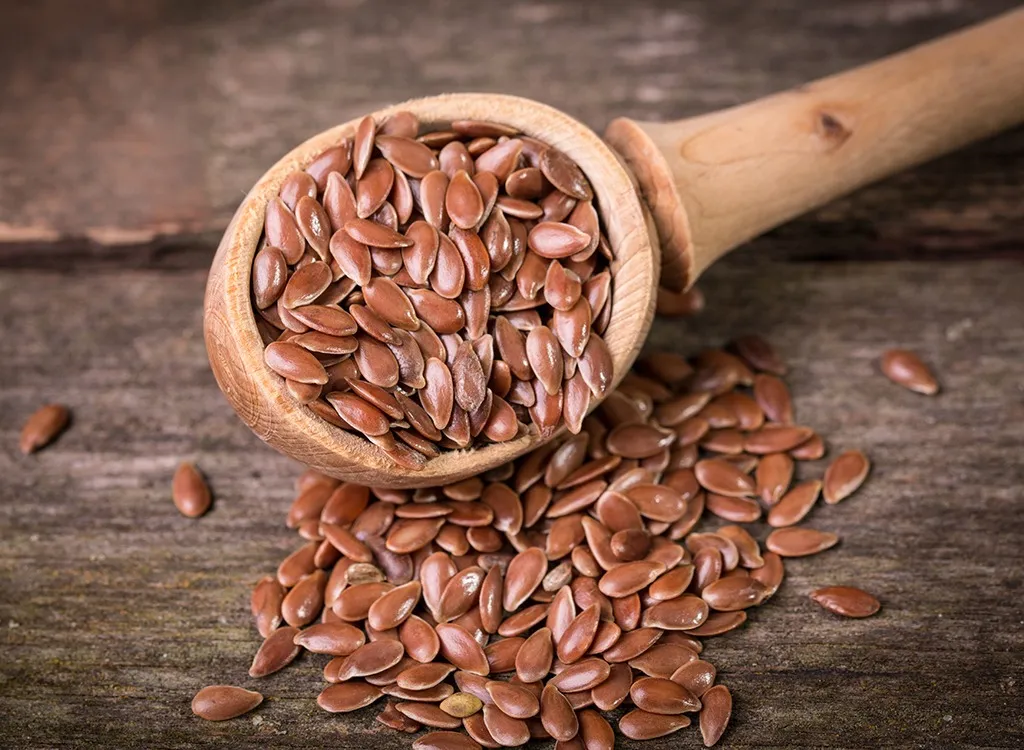
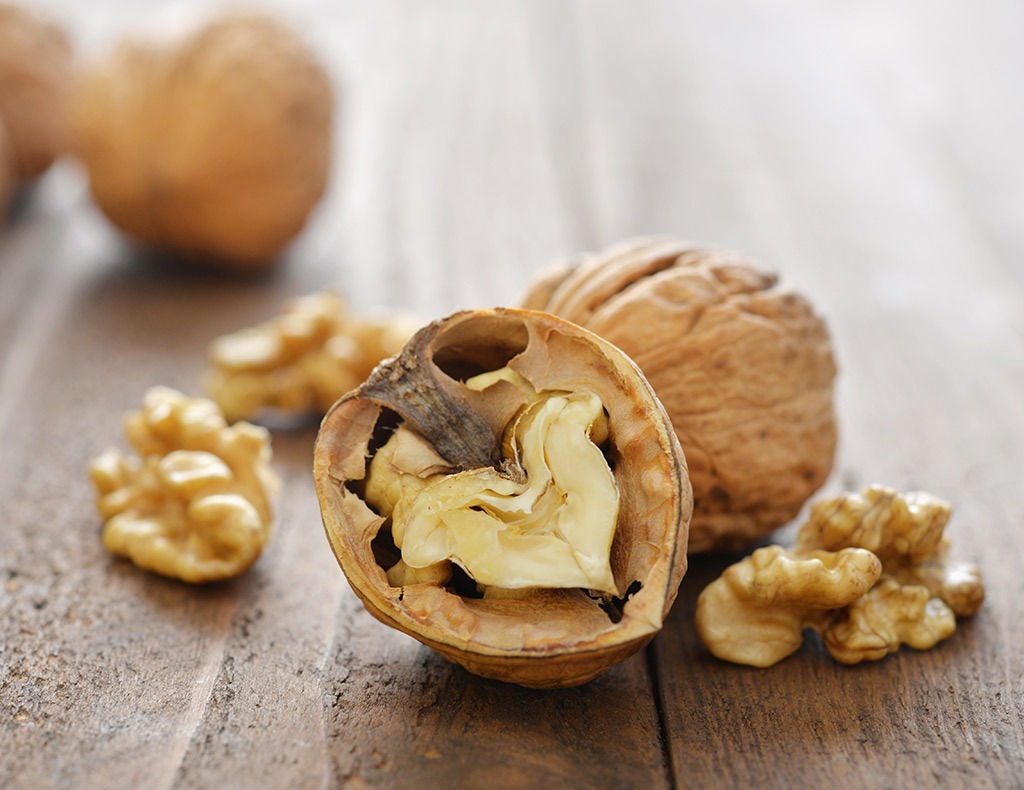









Commentaires récents